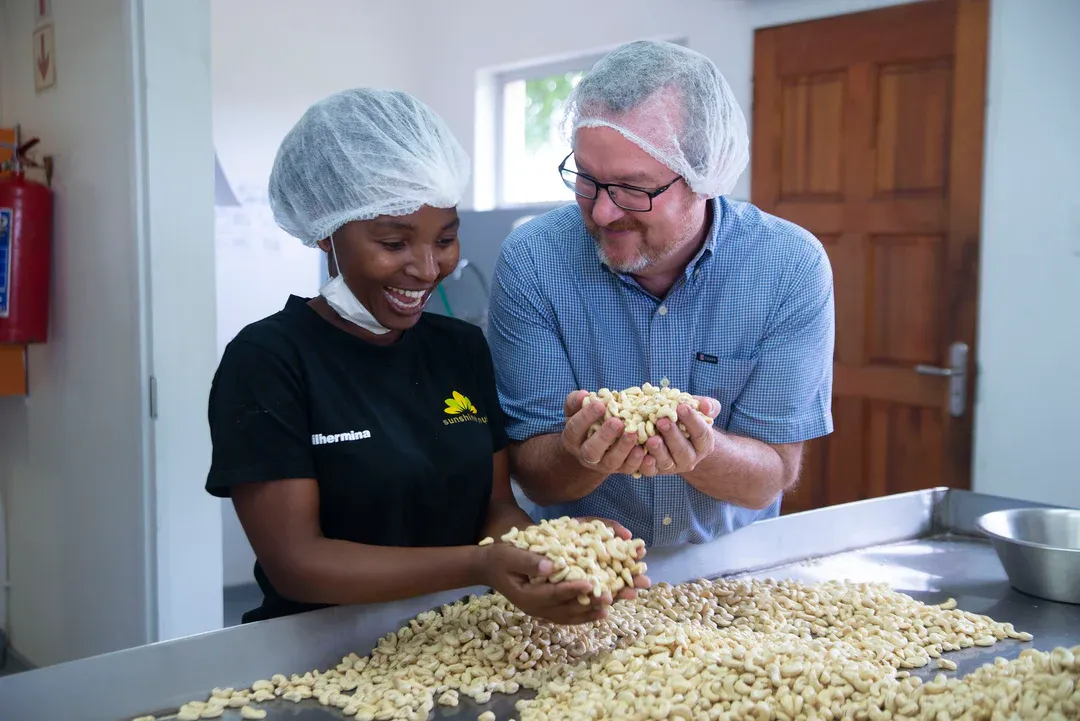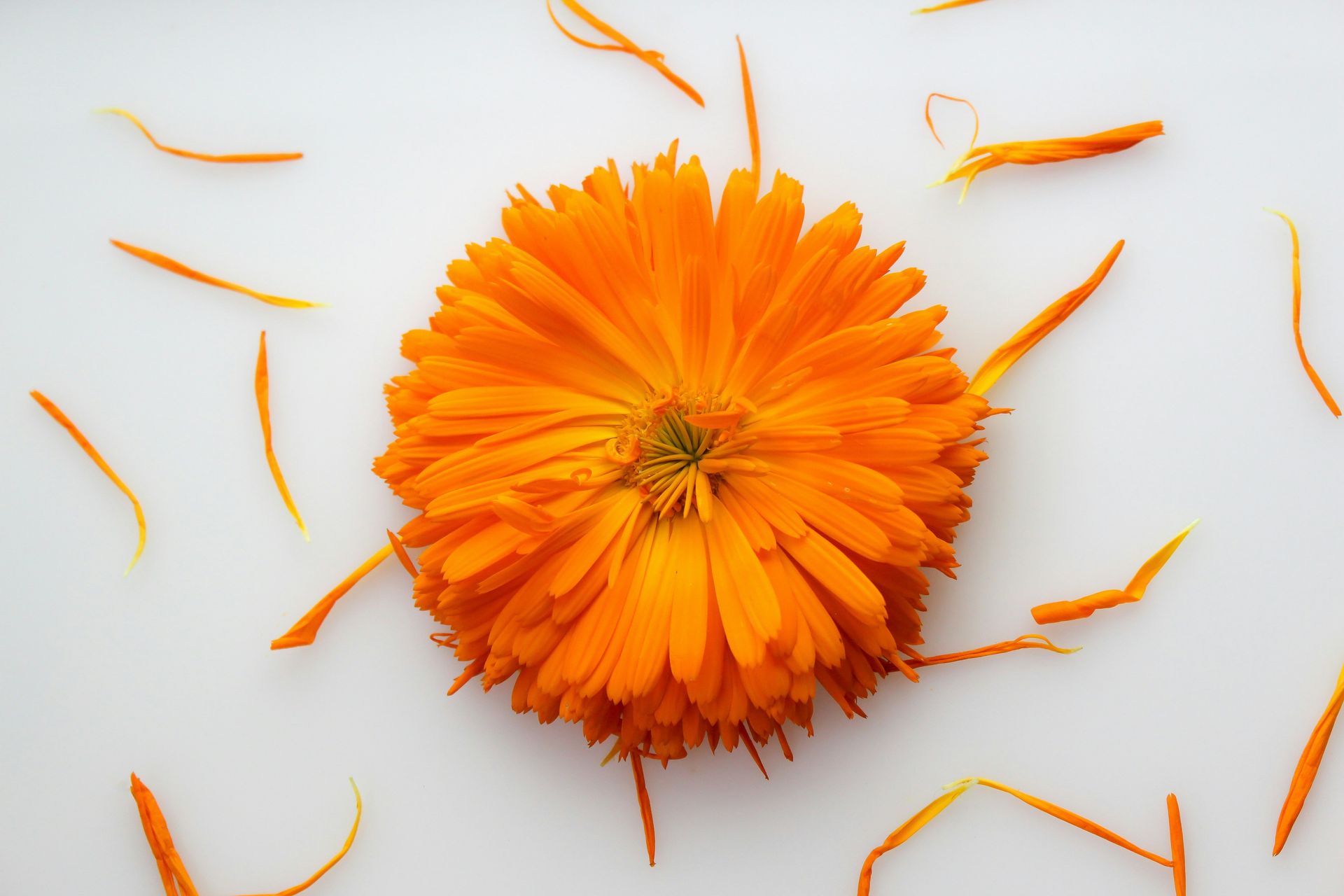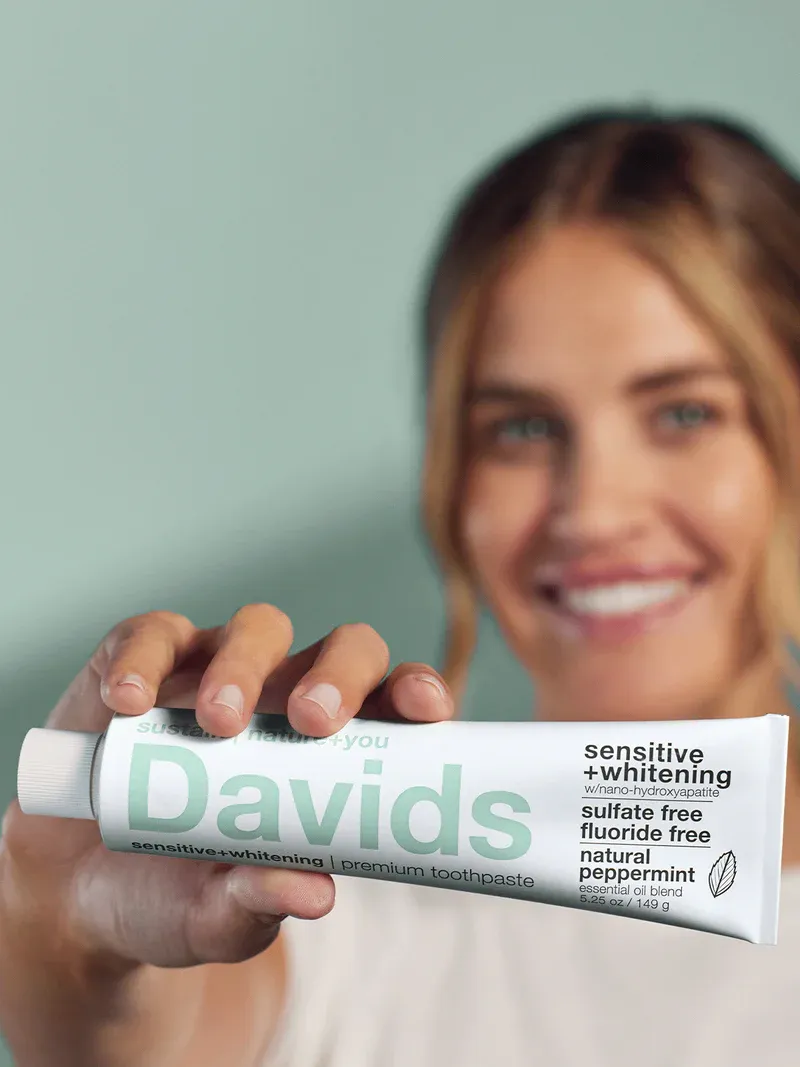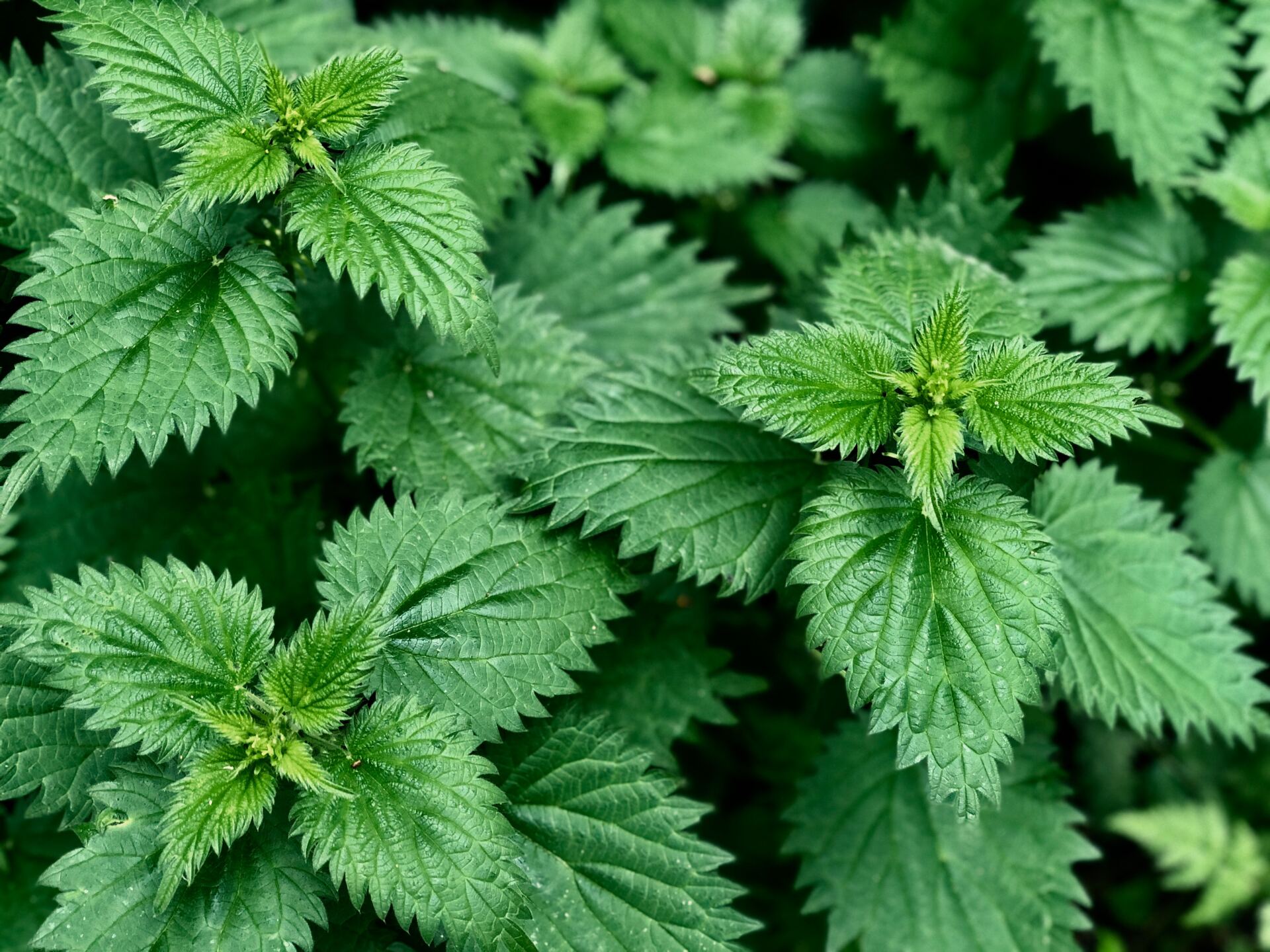








Studying up on turkey carving is well worth the effort! You’ll waste less, have an easier time presenting and serving the turkey and generally impress your family and friends.
What you’ll need
Set up your carving board and serving platter on a solid and spacious surface.




Carving the legs and wings
bird.
Carve the breast
Carving the other side









Please give us a call for today’s deli hours as they can vary due to staffing.
Grab and go options are always available until close.
FEDERAL WAY
Monday-Saturday: 8 am - 8 pm
Sunday: 9 am - 7 pm
Please call for current deli counter service hours. Grab and go options available until closing.
2565 S. Gateway Center Place
Federal Way, WA 98003
TACOMA
Monday-Saturday: 8 am - 8 pm
Sunday: 9 am - 7 pm
Please call for current deli counter service hours. Grab and go options available until closing.
2951 S. 38th Street
Tacoma, WA 98409